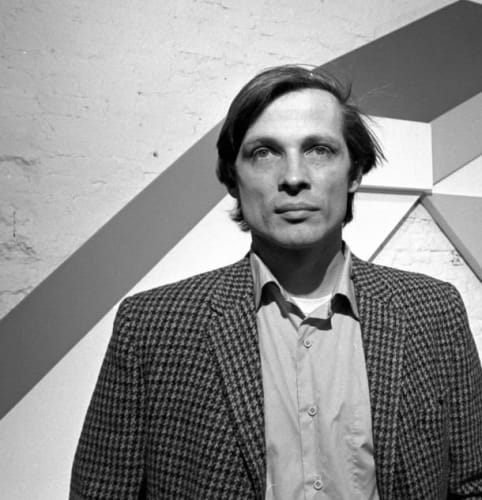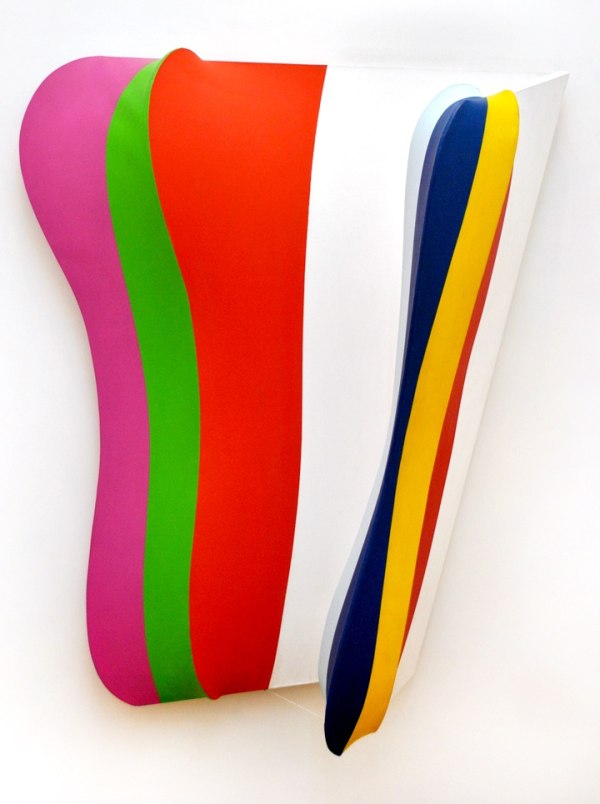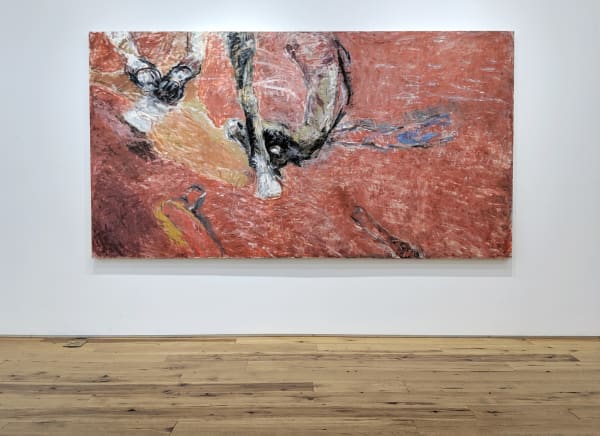Charles Hinman
An American pioneer of hard-edged shaped canvases, Charles Hinman’s work received immediate global acclaim in 1964–1965, with work at Sidney Janis Gallery and a one-person exhibition at Richard Feigen Gallery. Major works found permanent homes at MoMA, the Albright-Knox Gallery, and the Rockefeller Collection. He was included in the landmark show Young America at the Whitney Museum in 1965. Also in that year, Henry Geldzahler and Frank Stella included Hinman in the seminal exhibition, Shape and Structure, paired with Donald Judd, Robert Morris, Carl Andre, and Larry Bell.
Hinman’s work foreshadowed and influenced an important generation of artists. There have been numerous museum shows in the years since, including at the Everson Museum and three at the Butler Institute of American Art. He has received many awards, including from the Pollock-Krasner Foundation, and is a current recipient of a Guggenheim Fellowship.
Made from canvas and wood, these are paintings, but they are contradictory to the stiff, rectangular picture plane. Frank Stella’s journey towards more detailed wall reliefs (which he famously always referred to as paintings) are presaged by Hinman. His array of sculpted canvases energizes the space on surrounding walls. Various facets of his more recent white-primed rhomboids and diamonds are painted behind, or in front, in bright, saturated hues creating a fascinating play between literal and illusionistic depth. In some “Gems”, colors are reflected off the wall, thus allowing for the wall and the interstices to be reconsidered as foreground and ground. In others works, “Twists”, bands of bent colors are best viewed from the sides. As we move we perceive the work differently: new colors, new facets, new forms, new shadows, as the work is constantly reinvented. As with all too many artists of his generation, there is less public recognition of his important work at the moment. Hinman’s formal language persists in his work, and is joyous and unabashedly beautiful.






